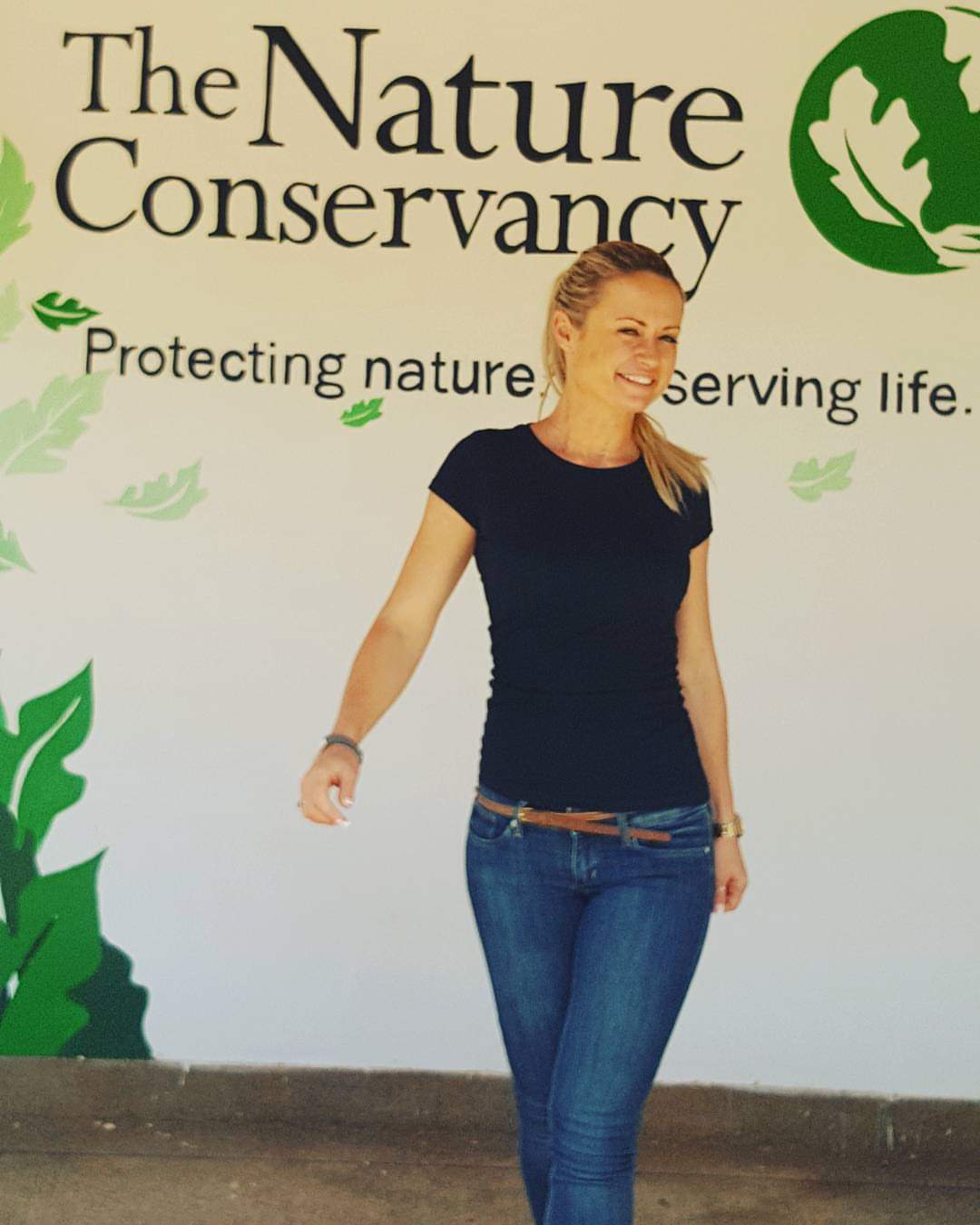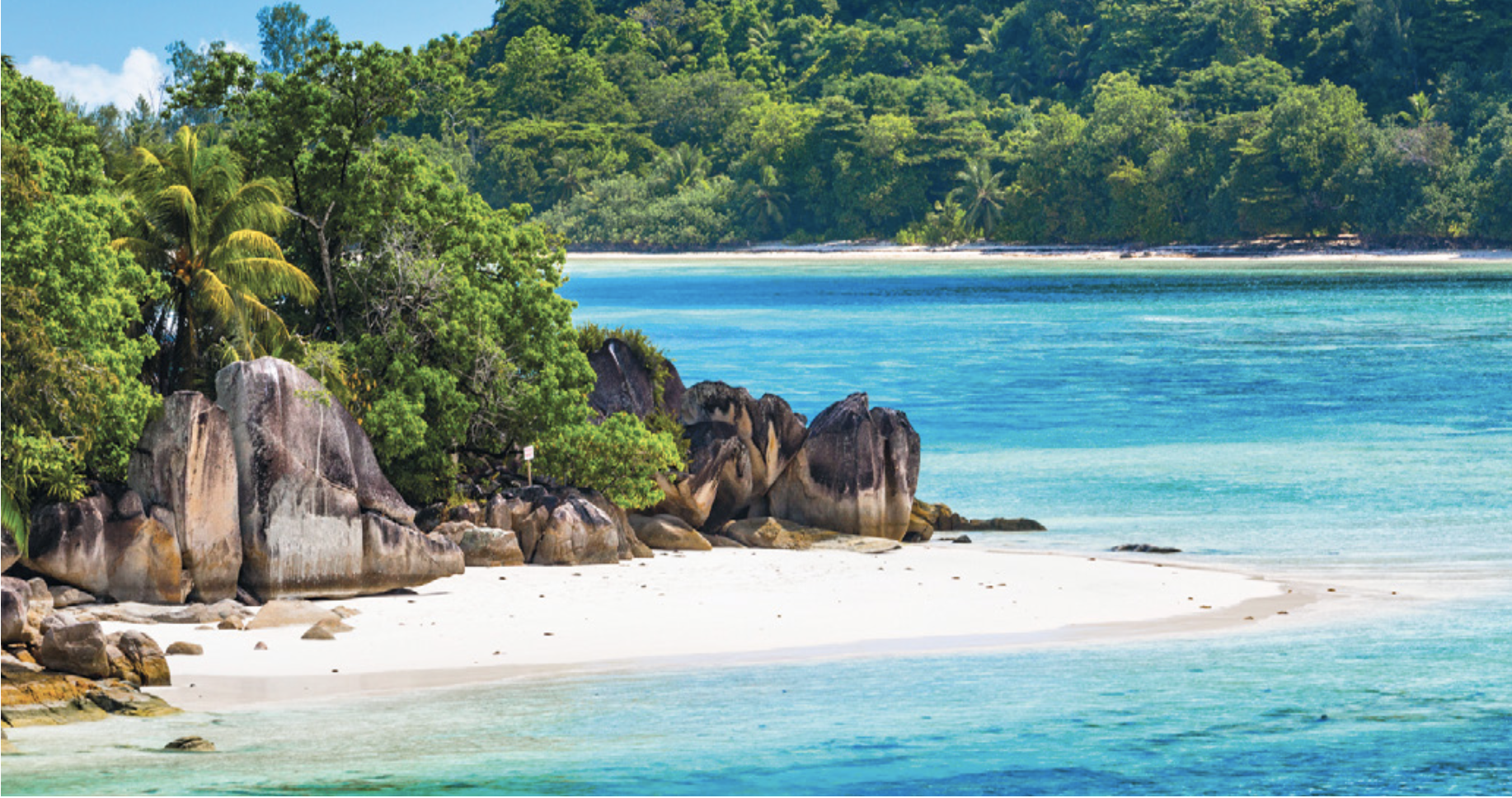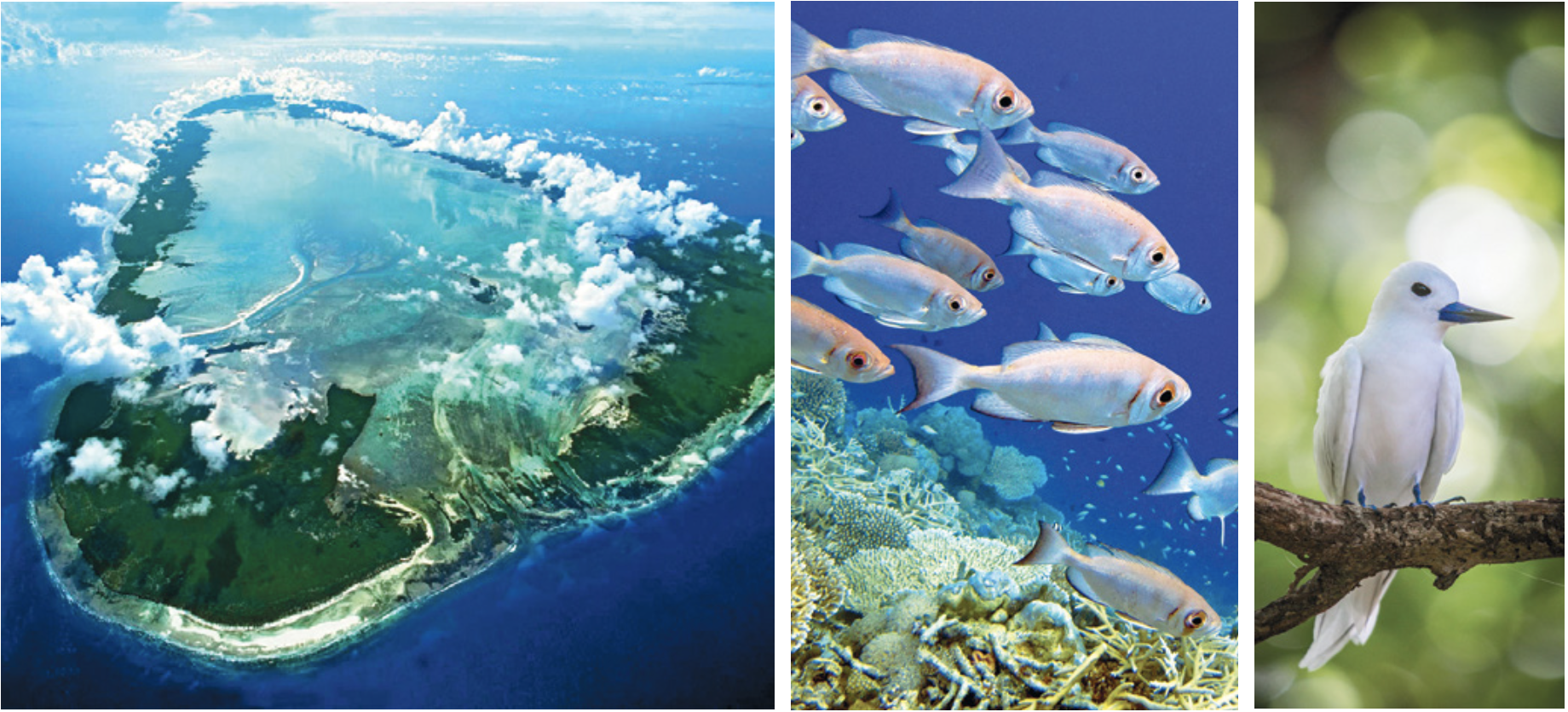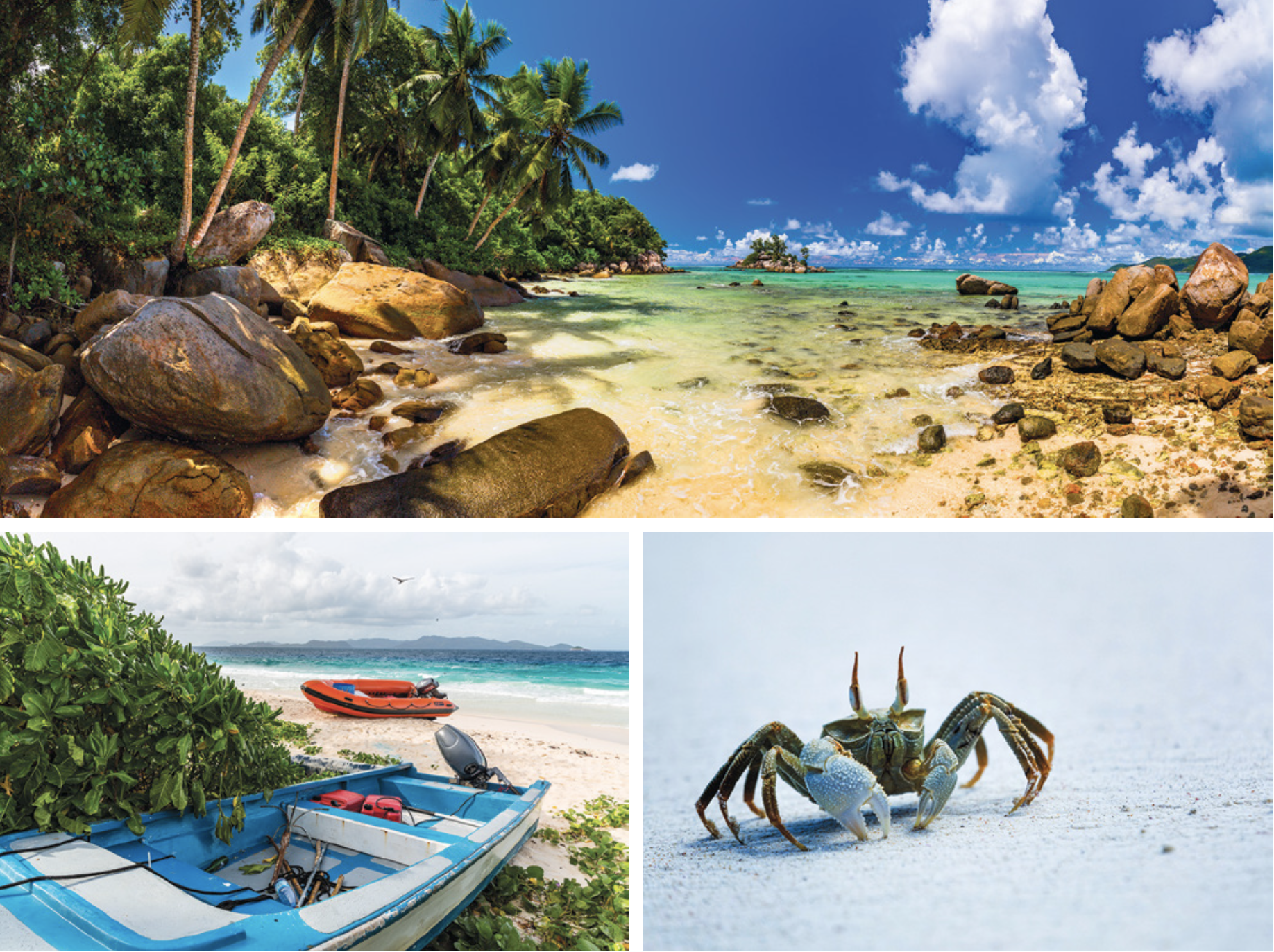What the governments of the world as parties to the UN Convention on Biological Diversity (CBD) may soon decide as a goal for 2030, to protect 30% of their marine and terrestrial territories, Seychelles has already met this target, and implementation starts in 2021. As The Nature Conservancy reports, the Government of Seychelles has announced the final details of Marine Protection Areas to reach its goal to protect 30% or 410,000 sq. km (158,000 sq. miles) of its ocean.
Diana Körner, our Board member and author of the LT&C-Example “Seychelles Sustainable Tourism Foundation (SSTF)” had the opportunity to interview Helena Sims, Project Manager from The Nature Conservancy for the Seychelles Marine Spatial Plan Initiative, about this great success story. The SSTF has been following the marine spatial planning process over the years, with its chair Daniella Payet-Alis being part of the MSP Steering Committee and of the MSP Technical Working Group for Tourism, and sees this as a fundamental milestone for sustainable tourism and conservation in Seychelles, achieved through a multi-stakeholder consultation approach.

Helena, congratulations on this big achievement. Please tell us more about the significance of designating 30% of your EEZ as a MPA for Seychelles?
The Marine Protection Areas are a key part of the new Seychelles Marine Spatial Plan that covers the second-largest area of ocean in the world (after one in Norway) and is the largest plan for tropical waters to account for both conservation and climate change. Designating 30% of its marine area by 2020 means Seychelles has tripled the UN Convention of Biological Diversity target for 10% by 2020 in marine protected areas, and the UN Sustainable Development Goal SDG-14 for 10% coastal and marine protection.
Beyond the Marine Protection Areas, the Marine Spatial Plan as a whole also covers how Seychelles’ remaining 70% of the ocean is addressed in terms of increasing management of all marine resources, regulatory attention, and unified government oversight of all activities that take place to support the country’s Blue Economy.
The announcement of the protection areas delivers on a ‘debt-for-conservation’ deal that Seychelles signed with The Nature Conservancy in February 2016, the first such deal for marine conservation in the world.
Could you explain to us the process involved in reaching this major milestone?
Designation of the Marine Protection Areas and the drafting of ‘allowable activities’ followed perhaps the most comprehensive process of consultation of its kind in Seychelles, to ensure the largest number and diversity of people, businesses, and institutions provided information and input, and ultimately their support, to the planning. More than 200 consultations with Seychelles’ citizens, scientists, and key businesses guided the process which started in 2014.
What is the importance of tourism in relation to existing and new MPAs in Seychelles?
With fisheries and marine-based tourism being the two pillars of the country’s economy, the ocean is central to Seychelles’ development and for the future generations to come. A Marine Spatial Plan is needed to manage conservation and direct sustainable development and climate change adaptation in Seychelles. By taking account of scientific studies that show how well-designed and effectively-managed marine reserves are more resilient to climate change because the pressure is reduced on each ecosystem component, Seychelles is taking precautionary measures to best position its environment and economy for the long term.
The MSP Core team worked in consultation with tourism representatives of Seychelles, such as the chair of the SSTF, to seek input on existing tourism activities, priority areas, and potential future directives to inform the zoning design. Over the last six years over 250 stakeholder consultation meetings were held to propose and discuss new marine protected areas and allowable activities in and management considerations for these areas.

Do you have any words of advice for other countries, wanting to replicate this step of protecting large parts of their (ocean) territory?
The Nature Conservancy is proud to have partnered with Seychelles to facilitate this work and is committed to supporting 20 countries over the next 5 years to help complete their conservation, sustainability, and climate change goals. Jointly, there are many lessons we can share with other ocean states.




